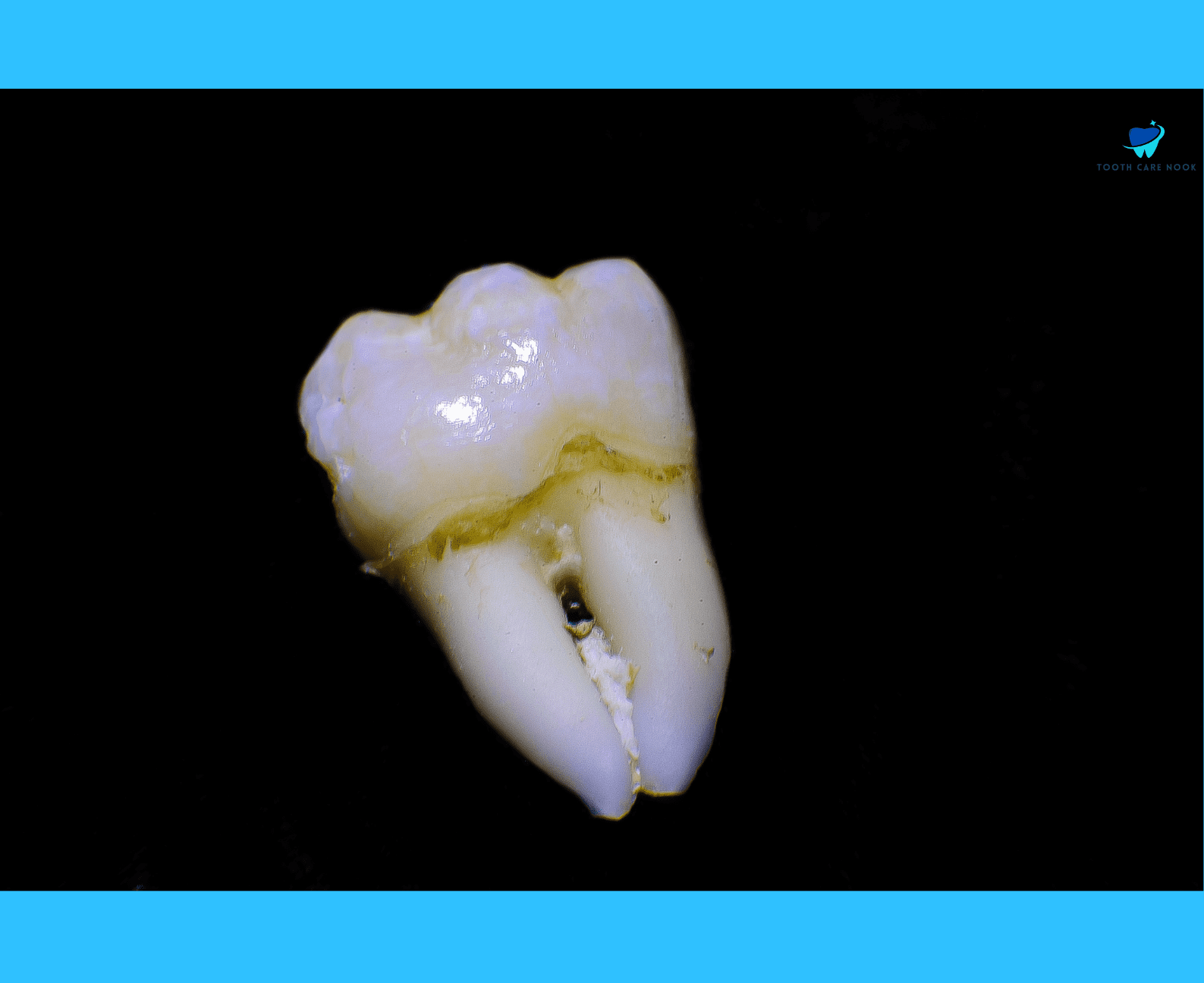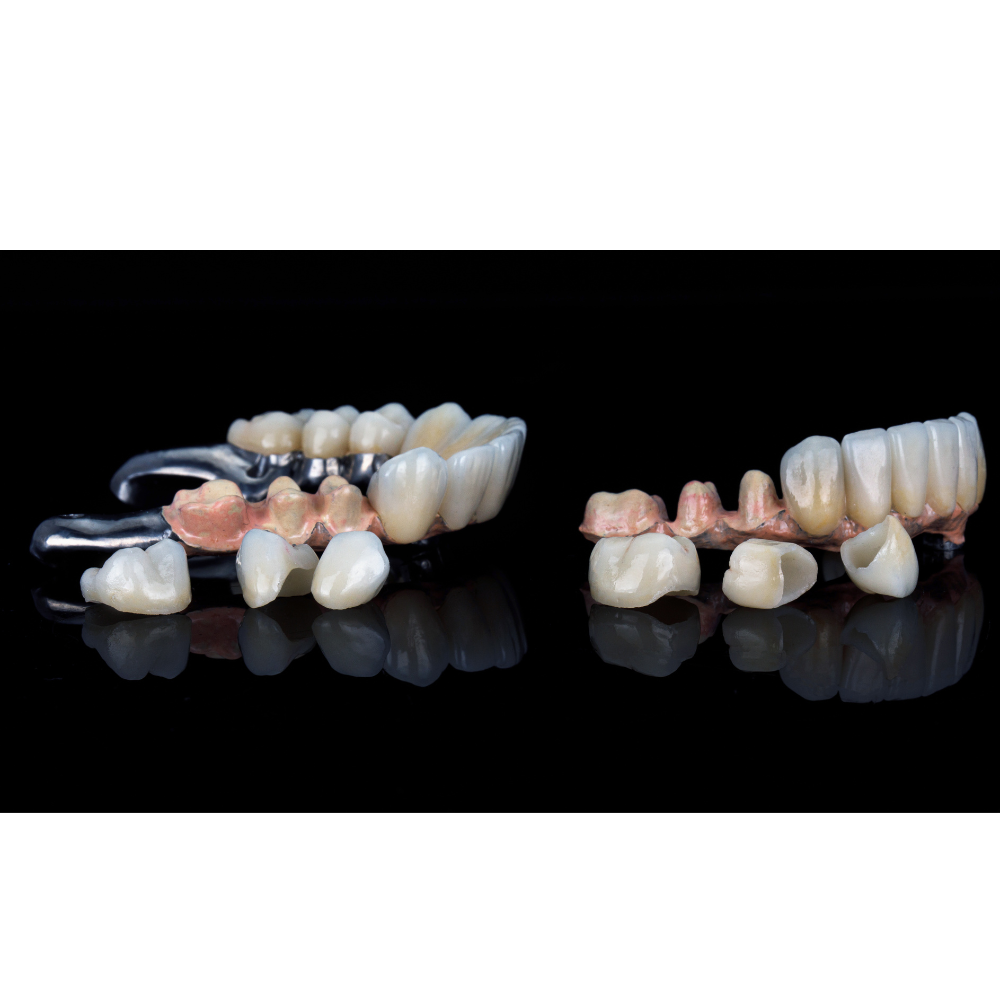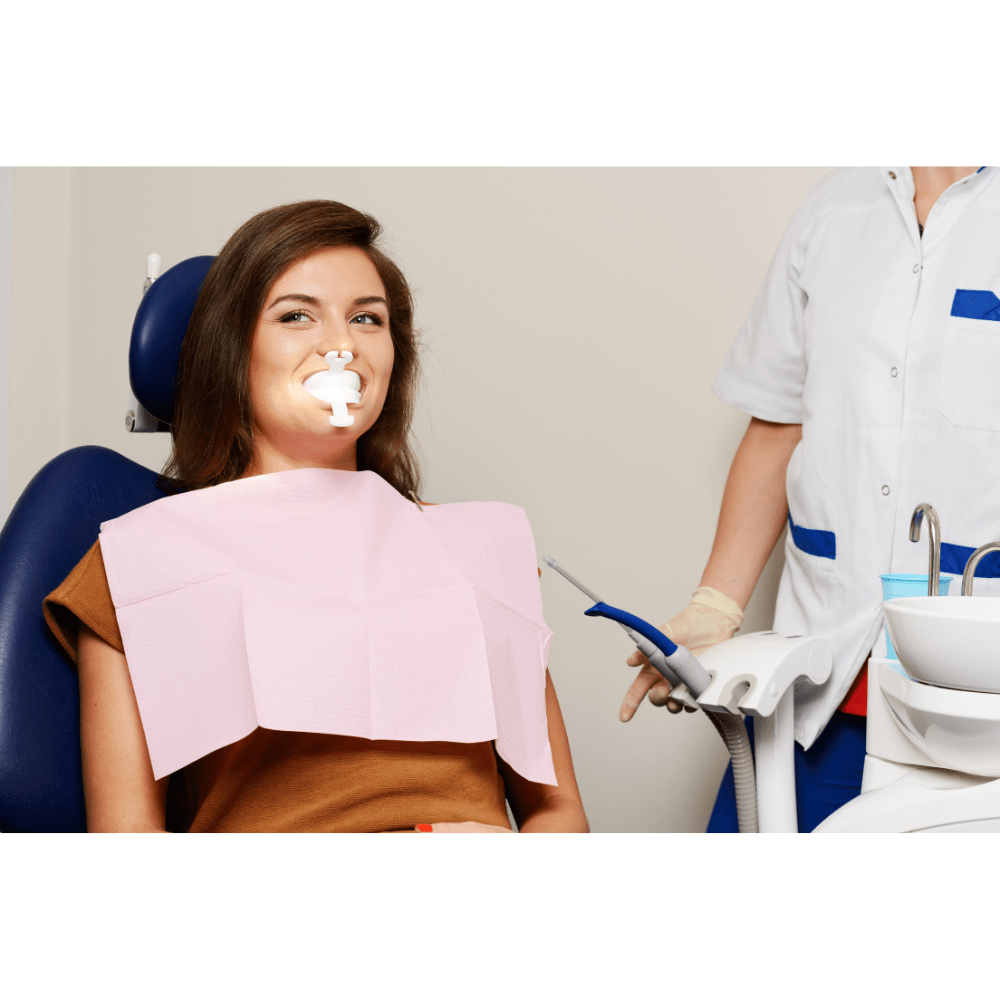Do Milk Teeth Have Nerves? | No of Teeth, Composition, and All
Milk teeth play a very important role in a child’s development which serves as placeholders for the permanent teeth that will eventually follow. Understanding their composition and structure is fundamental for maintaining optimal oral health during childhood.
As children begin to lose their milk teeth, many parents wonder about the presence of nerves in these tiny teeth. Knowing the anatomy of milk teeth can help to know their structure and function. Stay tuned to discover more about the composition of milk teeth and whether they contain nerves. Firstly, let’s talk about what primary teeth are.
What Are Primary Teeth
Primary teeth are the official dental term for baby teeth or milk teeth. They are the first set of teeth that children develop. These teeth start to emerge around six months of age and continue to erupt until around age three.
While primary teeth eventually fall out to make way for permanent teeth, they are very important for a child’s overall oral health and development.
What Are Baby Teeth Made Of
Baby teeth are made up of the following three main parts:
Enamel:
This is the outer layer of the tooth and is the hardest substance in the human body. Enamel protects the tooth from decay and damage caused by chewing and bacteria.
Dentin:
Underneath the enamel, dentin is a strong, bony tissue that forms the bulk of the tooth’s structure. While not as hard as enamel, dentin provides support and strength to the tooth.
Pulp:
Inside the dentin, there is the pulp, which contains nerves, blood vessels, and connective tissue. The pulp is vital during tooth development which provides nourishment to the tooth and enables it to sense temperature and pain.

How Many Teeth Do Kids Have
Kids have a total of 20 primary teeth. The set of primary teeth consists of four incisors, two canines, and four molars in each quadrant of the mouth. It is a must for parents and caregivers to monitor a child’s oral health effectively to know the composition and distribution of primary teeth.
Incisors are located at the front of the mouth and are primarily used for biting into food. Canines are also known as cuspids. They are positioned next to the incisors and assist in tearing food. Molars in children situated at the back of the mouth are broader and designed for grinding and chewing.
Do Milk Teeth Have Nerves?
Yes, milk teeth do have nerves. These nerves are located within the pulp of the tooth which is the innermost part.
These nerves provide sensation to the teeth that allow children to feel things like temperature and pain. This means that even though baby teeth are temporary, they can still feel discomfort if they are damaged or decayed.
Can Baby Teeth Nerves Get Damage?
Yes, the nerves in baby teeth can become damaged. It can be due to the following various reasons:
- Trauma from accidents or injuries
- Tooth decay.
- Dental procedures like fillings.
When the nerves are damaged, it can lead to pain, sensitivity, or even infection in the affected tooth. In some cases, damaged nerves require a nerve treatment on the tooth like root canal therapy to remove the damaged tissue and alleviate symptoms.
Symptoms Of Tooth Nerve Damage
Here are the symptoms of baby tooth nerve damage:
- Children may experience persistent or intermittent pain in the affected tooth.
- Sensitivity to hot or cold foods and beverages is a common symptom of nerve damage in baby teeth.
- Inflammation or swelling around the affected tooth or the surrounding gums may occur.
- The affected tooth will change color which appears darker or grayish compared to surrounding teeth.

Dental Nerve Treatment Process
There are two common forms of nerve treatment for children’s teeth. Here’s a brief overview of each:
Pulpotomy:
A pulpotomy is a partial removal of the pulp tissue from the crown portion of the tooth. It is performed when the pulp is inflamed or infected but the infection has not spread to the root canals.
Pulpotomy Procedure:
During this dental nerve treatment process, the dentist removes the affected portion of the pulp tissue. After that, they disinfect the remaining pulp chamber and then place a medicated filling to promote healing and prevent further infection.
This nerve treatment on a tooth is often used for primary teeth with deep cavities or trauma to the pulp. It aims to preserve the remaining healthy pulp tissue and maintain the tooth’s vitality.
Pulpectomy:
A pulpectomy is a complete removal of the pulp tissue from both the crown and root portions of the tooth. It is performed when the pulp is extensively infected or damaged.
Pulpectomy Procedure:
During a pulpectomy, the dentist removes all the pulp tissue from the pulp chamber and root canals. They thoroughly disinfect the entire tooth, and then fill the empty pulp space with a biocompatible material.
This procedure is more invasive than a pulpotomy and is often necessary when the infection has spread to the tooth’s roots. It aims to eliminate infection, alleviate pain, and preserve the tooth’s structure until it naturally falls out and is replaced by a permanent tooth.
FAQs
Are Baby Teeth Hollow?
Yes, baby teeth have a hollow or chamber-like structure inside them but it’s not empty. This internal space is filled with soft tissue called dental pulp, which contains nerves, blood vessels, and connective tissue.
In the process of falling out, baby teeth can appear hollow because their roots and internal contents dissolve slowly.
Do Baby Teeth Have Roots?
Yes, baby teeth do have roots. While baby teeth are smaller in size compared to permanent teeth, they still possess roots that anchor them into the jawbone. The roots of baby teeth are shorter and narrower than those of permanent teeth.
Do Baby Teeth and Adult Teeth Have The Same Nerves?
No, baby teeth and adult teeth do not have the same nerves. Both types of teeth contain dental pulp, which houses nerves, blood vessels, and connective tissue. There are differences in the composition and sensitivity of the nerves.
Baby teeth have smaller nerves compared to adult teeth which reflects their smaller size and developmental stage. The nerves in adult teeth tend to be more sensitive due to the increased thickness of the enamel and dentin layers which provide additional protection.
Is it Normal For Baby Teeth To Be Hollow?
Yes, it is normal for baby teeth to have a hollow inside them. The hollow nature of baby teeth allows for the accommodation of the dental pulp, which plays an essential role in tooth development and sensory functions.



